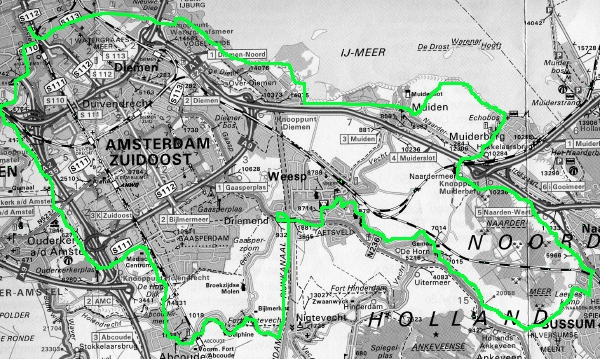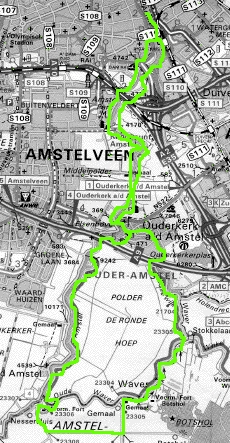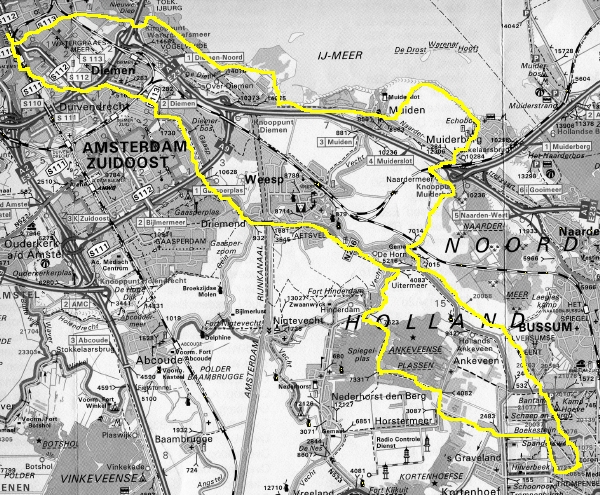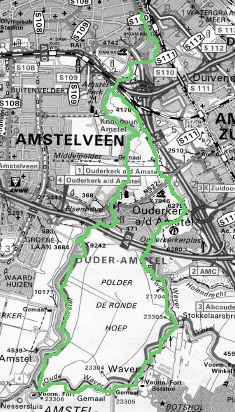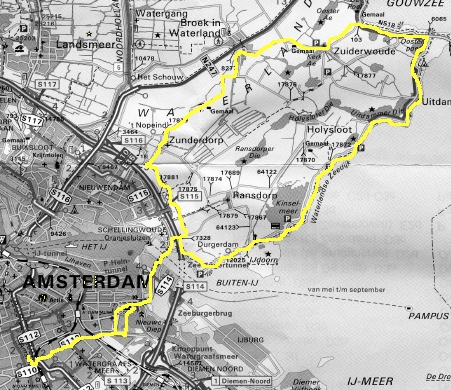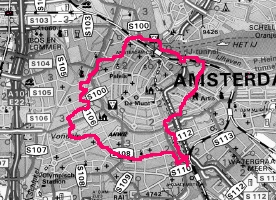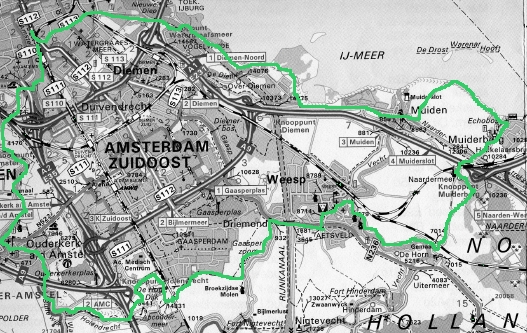Almost two weeks ago, while staying in North Groningen, I read Roger Chartier’s Inscription and Erasure. Nuanced and well-argued short essays, a pleasure to read. Chartier combines history of written culture with sociology of texts, focuses the attention on the material side of the culture, and at the same time is an acute reader of the texts under scrutiny.
With these chapters:
I Wax & Parchment: about the use of wax tablets by the poet Baudri de Ourgueil, 11th century.
II Writing & Memory: about the ‘librillo’ in Don Quichotte — according to Chartier this is a booklet of wax tablets.
III The Press & Fonts: about Don Quichotte in the print shop, printing as work, copy-editing, proof-reading.
IV Handwritten Newsletters, Printed Gazettes: about 16th century handwritten manuscripts with news, copied for the powerful and rich; described via the satirizing of newsprint in comedies of Ben Jonson. Shows how printing was bound up in commercialism, printing what will sell rather than what is true, printing what has a success with the public.
V Talking books and Clandestine Manuscripts: about Cyrano de Bergerac whose works were circulated as manuscripts, never printed.
VI Text & Fabric: with an overview of the use of the weaving as metaphor for text, mostly by way of a comedia of Goldoni, and about Goldoni’s postion as a writer.
VII Commerce in the Novel: an essay about Diderot’s reception of Richardson and how the Richardson-novels led to a new idea about what constitutes good reading: namely a sympathic way of reading, identification of the reader with the characters is central, and valued positive.
VIII Epilogue Diderot & his Pirates: about copyright and Diderot’s ambiguous take on it.
I won’t copy all my notes here, though I do copy the quotes:
“By refusing to seperate the analysis of symbolic meanings from that of the material forms by which they are transmitted, such an approach sharply challenges the longstanding division between the sciences of interpretation and those of description, hermeneutics and morpholopgy.”(p. vii/viii)
“.. they involve the manifold, shifting, and unstable relation between the text and its materialities, between the work and its inscriptions.” (p. ix)
“It is therefore pointless to try to distinguish the essential substance of the work, which is supposed to remain invariable, from the accidental variations of the text, which are viewed as unimportant for its meaning.” (p. ix)
“Compared with the books that came out of print shops, manuscripts offered many advantages. For one thing, it allowed for controlled and limited diffusion of texts without the risk that they might fall into the hands of ignorant readers, since they circulated within a distinct social milieu defined by family ties, similar social status, or shared sociability. For another the very form of the manuscript book left it open to correction, deletion, and insertion at all stages of production, from composition to copying and binding, so that the writing could proceed in successive stages (…) or by several hands (…). Finally manuscript publication was a response to corruptions introduced by printing: it rescued the commerce of letters from economic interests (except when it too a commercial form itself, as with handwritten newsletters), and it protected works from the alterations introduced by clumsy compositors and ignorant proofreaders.” (p. 76)
[In the chapter on Richardson and Diderot (VII Commerce in the Novel) Chartier returns to the idea of a reading revolution in the eighteenth century, the presumed birth of extensive reading that took the place of intensive reading. Although he acknowledges that a lot changes, he does not believe that extensive reading took te place of intensive reading.]
“The eigtheenth-century novel took hold of the reader, captivated him, governed his thoughts and actions. It was read and re-read, studied, quoted and recited. The reader was invaded by the text , which came to dwell within him, and through identification with the heroes of the story he began to decipher his own life in the mirror of fiction.” (p. 114)
[But this is not enough to invalidate the idea of a revolution in writing:]
“Throughout enlightened Europe, profound changes transformed the production of print and the conditiosn of access to books, despite the stability of typographic technology and labor. Everywhere the growing supply of books, the secularization of the titles on offer, the circulation of banned books, the proliferation of periodicals, the triumph of small formats, and the mushrooming of literary cabinets and reading societies (…) imposed new ways of reading.” (p. 114)
“For the most literate readers of both sexes, the possibilites of reading seemed to expand, opening the way for a variety of practices associated with different times, places and genres. Each reader was thus at one time or another either “intensive” or “extensive”, absorbed, or casual, studious or amused.” (p. 114)
“This diversity suggests tht any full historical approach to literary texts should avoid the temptation to universalize any particular mode of reading and should rather seek to identify the specific skills and practices of each community of readers and the specific codes and conventions associated with each genre.” (p. 115)
“One of the principal tasks of combining textual criticism with cultural history is precisely to dispel this illusion.” (namely the illusion of the reader that he is forgetting his own social conditions of production). (p. 115)
“Paradoxically, in order for texts to be subjected to the laws of property governing material objects, it was necessary to divorce them conceptually from any particular material embodiment. But composition, copying,, and printing require stylus or a pen, wax or paper, a hand or a press. And works reach their readers or listeners only by way of objects and practices tha make them available to be read or listened to.” (p. 143)
Chartier, Roger. 2007. Inscription and Erasure, Literature and Written Culture from the Eleventh to the Eighteenth Century, translated by Arthur Goldhammer, Philadelphia, University of Pennsylvania Press. (orig. 2005 Inscrire et effacer).

